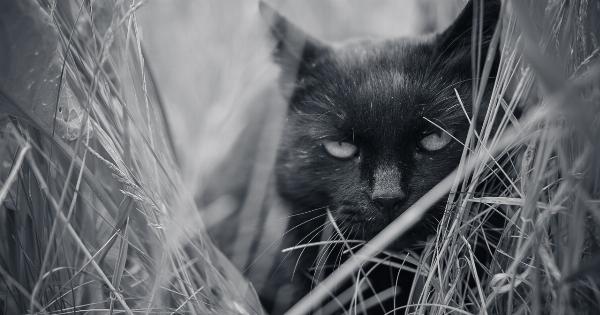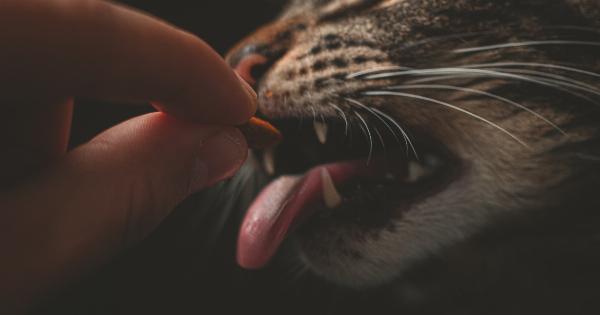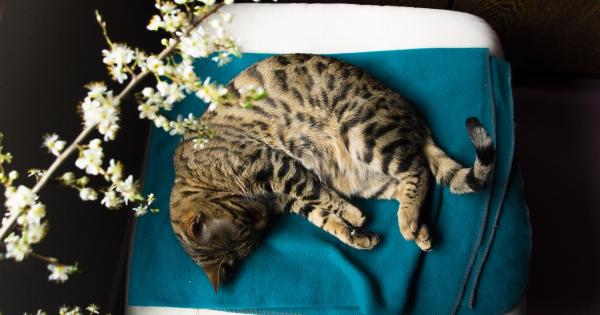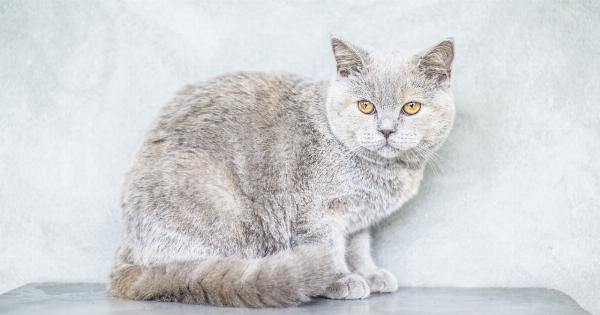Cats, the internet’s favorite pet, have a long-standing relationship with a tiny parasite called Toxoplasma gondii, or simply Toxoplasma.
While it may sound like a harmless relationship, the parasite has some bizarre effects on the behavior of its host. To many, this is just another reason to adore cats even more. But scientists have been intrigued by the cat-parasite relationship and have been studying it for years.
In this article, we will dive deeper into the relationship and learn what Toxoplasma is, what effects it has on cats, and whether it poses a risk to humans.
What is Toxoplasma?
Toxoplasma is a single-celled parasite that can infect mammals and birds. The parasite was first discovered in 1909 and was named after the gondi tribe of South America, where the first cases of Toxoplasma were found.
Toxoplasma can infect many warm-blooded animals but mainly reproduces sexually only in cats. The parasite’s life cycle is pretty fascinating. Toxoplasma can only reproduce when inside a cat’s intestine, and the only way for the parasite to get there is through a cat consuming an infected animal.
After infecting the cat, Toxoplasma forms egg-like structures known as oocysts in the feline’s gut, which then gets excreted through their feces. The oocysts provide a new opportunity for the parasite to infect other animals or humans who come into contact with it.
How Do Cats Get Infected by Toxoplasma?
Cats can get infected with Toxoplasma by eating contaminated food such as raw or undercooked meat that contains the parasite or by ingesting an infected animal.
A cat can also get it through exposure to oocysts in contaminated soil, litter boxes, or by hunting infected prey. Cats can be carriers of the parasite for years without showing any symptoms or signs of illness.
Effects of Toxoplasma on Cats
Toxoplasma does not seem to cause any significant harm to cats. Most cats infected with the parasite show no signs of illness or symptoms.
However, in some cases, Toxoplasma can cause diarrhea, vomiting, lethargy, and breathing difficulties in infected cats, particularly young kittens. Most healthy cats do not require any treatment for Toxoplasma infections as they will recover on their own. However, in severe cases, the vet may recommend medication to treat the symptoms.
The Relationship Between Toxoplasma and Cat Behavior
The most intriguing aspect of the cat-Toxoplasma relationship is its effect on the behavior of infected cats.
While most cats show no physical symptoms, various studies suggest that cats infected with Toxoplasma can undergo behavioral changes such as a preference for risk-taking, altered activity level, and increased aggression. Some researchers even suggest that Toxoplasma can cause the cat to become more attracted to the scent of cat urine, sweat, and other odors that are attractive to cats.
Scientists have found high levels of the Toxoplasma parasite in the brains of infected rodents, which suggests that the parasite can manipulate the host’s behavior to increase its chances of being eaten by a cat. Theories suggest that the parasite can modify the cat’s brain chemistry, possibly by producing dopamine or by interacting with the hormone estrogen. However, much about this relationship remains unproven and requires further research.
Is Toxoplasma a Risk to Humans?
Toxoplasma can pose a risk to humans if they come into contact with the parasite. Humans can get infected with Toxoplasma by ingesting oocysts in contaminated soil, litter boxes, or by consuming undercooked contaminated meat.
Infected mothers can also transmit the parasite to their unborn child during pregnancy. Healthy people with strong immune systems usually experience mild flu-like symptoms or no symptoms at all.
However, for people with weakened immune systems, such as those with AIDS, cancer, or transplant recipients, Toxoplasma infection can cause severe complications such as blindness, brain damage, and death. Pregnant women who get infected with Toxoplasma for the first time during pregnancy can pass the infection to their unborn child, which can cause serious health problems or death.
Preventing Toxoplasma Infection in Humans and Cats
Preventing Toxoplasma infection in cats and humans is possible with some basic changes in behavior.
To prevent cats from getting infected, owners should feed them with well-cooked food, avoid feeding them raw or undercooked meat, and monitor their access to the outdoors and exposed litter boxes. Cat owners should also avoid handling cat feces and ensure they wear gloves when doing so. They should also clean litter boxes daily and sanitize litter boxes with soap and hot water.
To prevent human infections, people should avoid consuming undercooked meat, wash their hands thoroughly with soap and water, sanitize surfaces that come into contact with animal feces, and wear gloves when gardening or handling soil that may contain cat feces.
The Bottom Line
Despite the uncertainty surrounding the relationship between cats and Toxoplasma, owning and keeping a cat as a pet remains one of the best things that can happen to an animal lover.
While Toxoplasma can be a concern for some people, it is a very low risk, and with proper hygiene and precautions, humans can effectively prevent infection. Although scientists continue to unravel the mysteries surrounding the cat but parasite relationship, one thing is certain: cats are fascinating creatures whose influence extends well beyond their role as our feline friends.






























